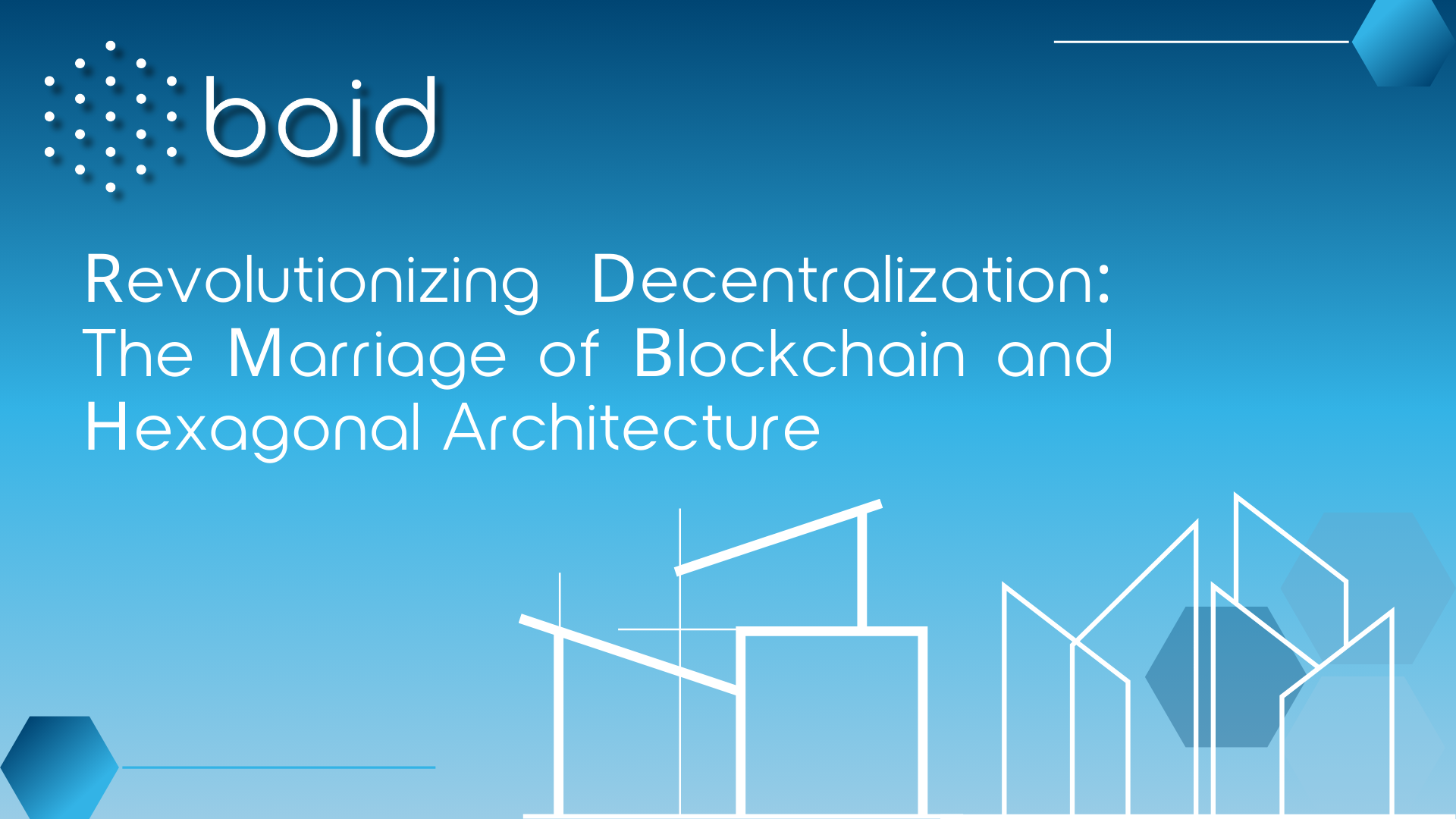Revolutionizing Decentralization: The Marriage of Blockchain and Hexagonal Architecture

Combining blockchain with hexagonal architecture could be an innovative and promising approach for developing decentralized applications and distributed systems. Hexagonal architecture, also known as ports and adapters, focuses on separating the core business logic from implementation details, enabling greater flexibility and maintainability of the system. On the other hand, blockchain offers an immutable and decentralized record of transactions, ensuring data integrity and trust among parties without the need for intermediaries.
By applying hexagonal architecture to blockchain-based systems, we can design a modular structure that facilitates integration of smart contracts, interaction with different blockchain networks, and adaptation to changes in underlying protocols. Here are some ways we could explore this combination:
- Application Layer (Core Business Logic): In this layer, we would define the business logic of our application, without concerning ourselves with the details of how data is stored or transmitted. This is where smart contracts and business rules governing interaction between parties are defined.
- Ports and Adapters (Interfaces and Adapters): This layer would act as the interface between our application and the blockchain network. Ports would represent the interfaces our application needs to interact with the blockchain, such as writing and reading data, executing smart contracts, etc. Adapters would be specific implementations of these interfaces for different blockchain platforms, allowing us to easily switch between networks without modifying the core of our application.
- Infrastructure Layer (Blockchain Implementation): This is where the concrete implementation of the blockchain we are using resides, whether it's Ethereum, Hyperledger, EOS, or another platform. The specific details of how transactions are managed, data is stored, and smart contracts are executed would be encapsulated in this layer, enabling us to switch blockchain platforms without affecting the business logic of our application.
By using hexagonal architecture in conjunction with blockchain, we can achieve greater modularity, flexibility, and maintainability in the development of decentralized applications. This allows us to quickly adapt to changes in the blockchain ecosystem and scale our application as demand and complexity grow.

